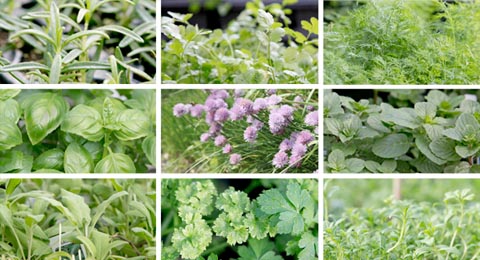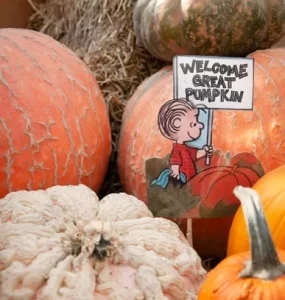 Bringing in the Herbs
Bringing in the Herbs
by Rob Sproule
Alberta gardeners have a downright Buddhist acceptance of temperance. We labour in our yards like sand mandalas, painstakingly crafting their beauty with exquisite attention to detail, and when the winds of winter swirl in we shrug our shoulders, break out the snow shovel and start spring dreaming. You don’t have to resign your entire herb garden to their fate; here are a few tips about how to pull your favourites back from the brink.
Not all herbs should come indoors; to determine which ones to save and not, reflect on the broadest categories of herbs. There’s an old elitist saying that you never drink brown liquor before Labour Day; the summer being for clear gins, pimms, and vodka tonics in the Hamptons. So it is with herbs.
Woody, or savoury herbs, are the rich brown liquor of lingering winter evenings, slow-cooked stews, turkeys and roasts. They’re comfort herbs, their thick leaves releasing rich flavour the longer they’re cooked. Evergreen and often slow growing, they’re ideal for nurturing through the years into stately specimen plants.
Leafy herbs grow quickly from seed and are best served raw or only tinged; cooking drains their flavour. They’re the clear liquor of herbs, the gin-tonics and pimms cups, perfect in endless summer afternoons but losing flavour quickly as they mature. Some varieties adapt well indoors, but fresh sown is the most flavourful.
What to Bring Indoors
Start with the woody specimen herbs, like rosemary, bay, sage, and lavender. Keep them in pots year-round (for ease of movement and because they prefer them over the ground), and prune them like bonsai trees as they mature.
Savoury herbs will lose their flavour as they mature and slowly evolve into woody shrubs. I recommend growing fresh rosemary from cuttings and reserving your specimen for an eye-catching herb garden centrepiece.
Herbs like mint, scented geraniums and pineapple sage will grow into bushy, albeit shaggy and debatably old fashioned, houseplants that will bring a refreshing scent into the winter home. While limited in their culinary value, they’re worth bringing in if you’re craving winter leafy goodness.
What Not to Bring Indoors
You can’t save everything no matter how green your thumb. Annual herbs are built to sprint through one season and die shortly after; they just plain have a shorter life cycle. If they’re still clinging to life as winter closes in, harvest what you can and leave them to their fate.
Leafy herbs, like parsely and chives, can come inside but they’re so easy to grow from seed (even in the fall), they’re borderline worth the effort. Depending on how much space you have, and how mature/ healthy the plants are,
Annual herbs include summer savoury, chervil, cilantro (don’t forget to harvest the Coriander seeds), borage, and dill. No matter how many south-facing windows you have, you can’t fight a short life cycle.
If it’s buggy to the point that a strong shot of insecticidal soap won’t help, or if it’s noticeably unhealthy and/or diseased, don’t bring it in. Unless it’s a family heirloom it’s not worth bringing bugs into the home or spending a frustrating month nursing a sickly rosemary plant back to health.
In discussion about herbs, the clove-smelling elephant in the room is always basil. Although technically a perennial, I wouldn’t bring it indoors. As finicky as it is delicious, it will likely throw a tantrum if transplanted.
If you do bring your pet basil indoors in fall, be aware that, after a year or two, it will start to lose it’s flavour. Once the main stem gets woody its best to take some cuttings and start fresh. Google will happily tell you how to root them.
Don’t be discouraged if you have problems growing basil. Despite the dangerous rumour going around that it’s easy, it really isn’t. Allowing it to dry just enough (till the surface is dry to the touch) is key.
Bringing Them In
The herbs best brought indoors, namely the savoury heat lovers, fare best in containers where their roots escape our cold, often soggy ground. Being pre-formed to pots is ideal for bringing them indoors. Simply clean up the old leaves, give them a shot of insecticidal soap and check under the pot for critters (prime slug hang-out), and haul them inside. Put then in a sunny window and ease up on the pruning for a few weeks while they acclimatize.
Herbs planted in the ground are a more complicated affair. Dig a wide root ball to get them out and massage off as much as the uncolonized dirt that you can without causing undue stress. Herbs’ like dry feet, so replace as much soggy black dirt with a well-draining, peat based medium as possible.
Transplant into as small a container as possible without sacrificing significant roots. It’s a balancing act between a big pot where uncolonized soil stays wet or trimming roots for a smaller pot. Combine that with the stress factor on the plant, and you can expect your plant to end up stressed at best, dead at worst.















